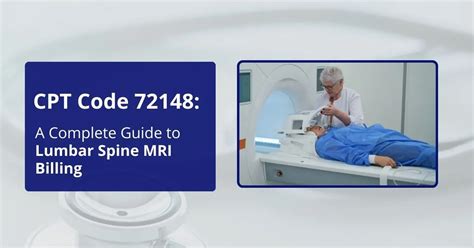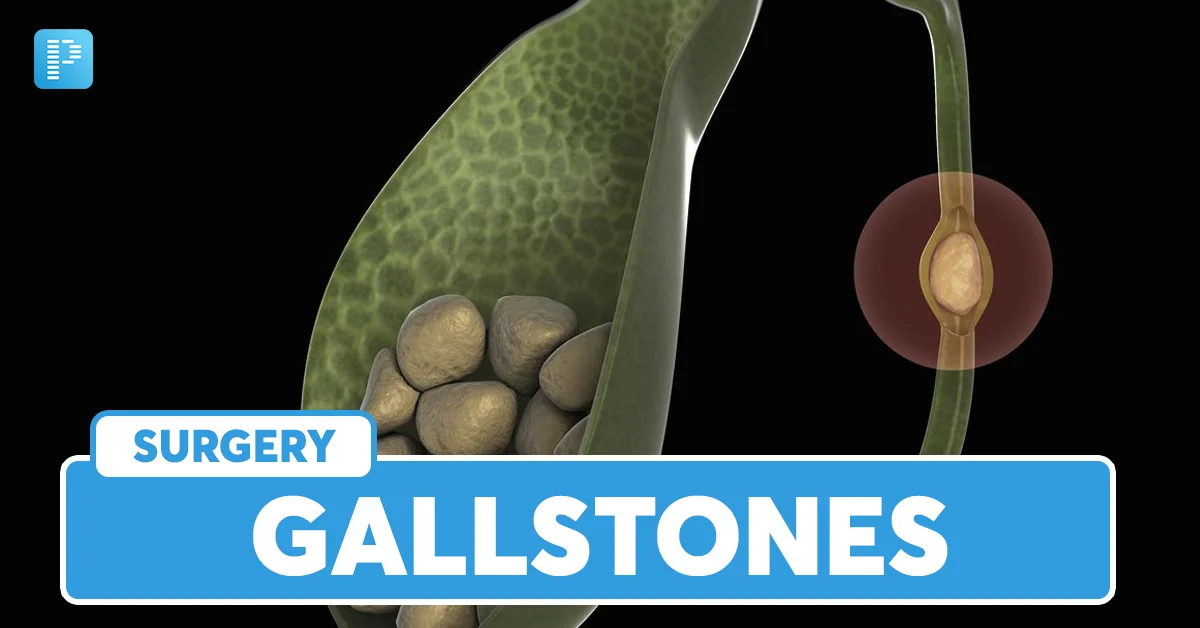The lumbar spine, comprising the lower back region, is a complex structure that plays a crucial role in supporting the body’s weight, facilitating movement, and protecting the spinal cord. Magnetic Resonance Imaging (MRI) of the lumbar spine is a non-invasive diagnostic tool that provides detailed images of the spinal anatomy, aiding in the accurate diagnosis of various conditions affecting this region. Understanding the basics of MRI and its application in diagnosing lumbar spine conditions is essential for both healthcare professionals and patients seeking to comprehend their diagnosis and treatment options.
Introduction to MRI Technology
MRI uses a strong magnetic field and radio waves to generate images of the internal structures of the body. It is particularly useful for imaging soft tissues, including the spinal cord, nerves, and intervertebral discs, which are not as clearly visible on X-rays or CT scans. The lumbar spine MRI can reveal a wide range of abnormalities, from herniated discs and spinal stenosis to infections and tumors. The precision of MRI technology allows for the early detection of conditions, which is critical for effective treatment planning and preventing further complications.
Preparing for a Lumbar Spine MRI
Before undergoing an MRI of the lumbar spine, patients are typically advised to remove any metal objects, such as jewelry, glasses, or clothing with metal fasteners, as these can interfere with the magnetic field. Certain conditions, like pacemakers or metal implants, may require special precautions or alternative diagnostic methods. The MRI procedure itself is generally painless, although some individuals may experience claustrophobia or discomfort due to the enclosed space of the MRI machine. Sedation or open MRI machines can be options for those who are anxious about the procedure.
Common Conditions Diagnosed with Lumbar Spine MRI
Herniated Discs: The MRI can clearly show if a disc has herniated, which means the soft gel-like center has leaked out through a tear in the outer, tougher layer. This can put pressure on nearby nerves, leading to pain, numbness, and weakness.
Spinal Stenosis: This condition involves the narrowing of the spinal canal, which can squeeze the spinal cord or the nerves that branch out from it. MRI scans can measure the degree of narrowing and help determine the best course of treatment.
Spondylolisthesis: This refers to a condition where one of the vertebrae slips forward over the bone below it. An MRI can help assess the severity of the slip and any resulting pressure on the nerves.
Degenerative Disc Disease: Over time, the spinal discs can dry out and become less flexible, leading to pain and stiffness. MRI scans can assess the health of the discs and the extent of any degeneration.
Infections and Tumors: Although less common, MRI scans are crucial for identifying infections, such as discitis or osteomyelitis, and tumors, whether benign or malignant, in the lumbar spine region.
Interpreting MRI Results
The interpretation of MRI results requires specialized knowledge, as the images must be carefully analyzed to identify any abnormalities. Radiologists use specific criteria to evaluate the health of the spinal discs, vertebrae, and surrounding tissues. They look for signs of degeneration, trauma, or disease that could be causing symptoms. In some cases, additional imaging tests may be recommended for further clarification or to monitor changes over time.
Treatment and Management
The management of lumbar spine conditions diagnosed via MRI can range from conservative treatments like physical therapy, pain management, and lifestyle adjustments to surgical interventions for more severe cases. The choice of treatment depends on the specific condition, its severity, and how it affects the patient’s quality of life. Surgical options might include discectomy (removal of a herniated disc), laminectomy (removal of part of a vertebra), or spinal fusion, among others.
FAQ Section
What is the purpose of an MRI for the lumbar spine?
+The primary purpose of an MRI for the lumbar spine is to provide detailed images of the spinal structures, aiding in the diagnosis of conditions such as herniated discs, spinal stenosis, and degenerative disc disease, among others.
How long does a lumbar spine MRI take?
+A lumbar spine MRI typically takes about 30 to 60 minutes, though this can vary depending on the specific requirements of the scan and whether additional sequences are needed.
Are there any risks associated with a lumbar spine MRI?
+Generally, MRI scans are considered safe. However, they are not recommended for individuals with certain metal implants or devices, such as pacemakers, and may require special precautions for others. There are also risks associated with the contrast dye used in some MRI scans, although these are rare.
Can an MRI detect all conditions affecting the lumbar spine?
+While MRI is a powerful diagnostic tool, it may not detect every condition affecting the lumbar spine. Certain conditions, such as minor fractures or early stages of some diseases, might require additional tests or specialized imaging techniques for accurate diagnosis.
How often can I get an MRI for my lumbar spine?
+The frequency of lumbar spine MRIs depends on the patient's condition and the doctor's recommendations. For chronic conditions, follow-up MRIs may be needed to monitor changes or the effectiveness of treatment. However, because MRI scans involve exposure to a strong magnetic field and sometimes contrast agents, they are typically not used for routine monitoring unless medically necessary.
Conclusion
The lumbar spine MRI is a valuable diagnostic tool that offers a detailed look into the spinal anatomy, helping healthcare professionals diagnose and treat various conditions effectively. Its non-invasive nature and ability to provide high-resolution images of soft tissues make it an essential component of lumbar spine evaluation. Whether you are a patient seeking a diagnosis or a healthcare provider looking to refine your diagnostic skills, understanding the capabilities and limitations of lumbar spine MRI is crucial for navigating the complexities of spinal health. By leveraging the advanced imaging capabilities of MRI technology, individuals can better manage their spinal conditions, leading to improved outcomes and enhanced quality of life.



